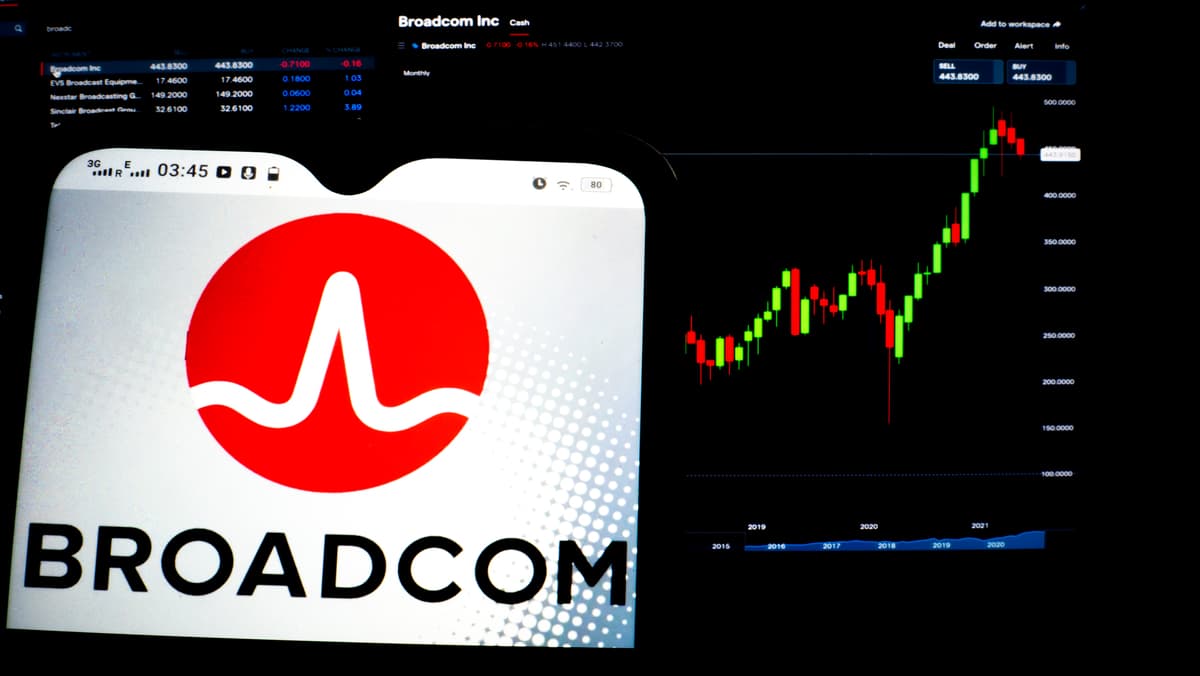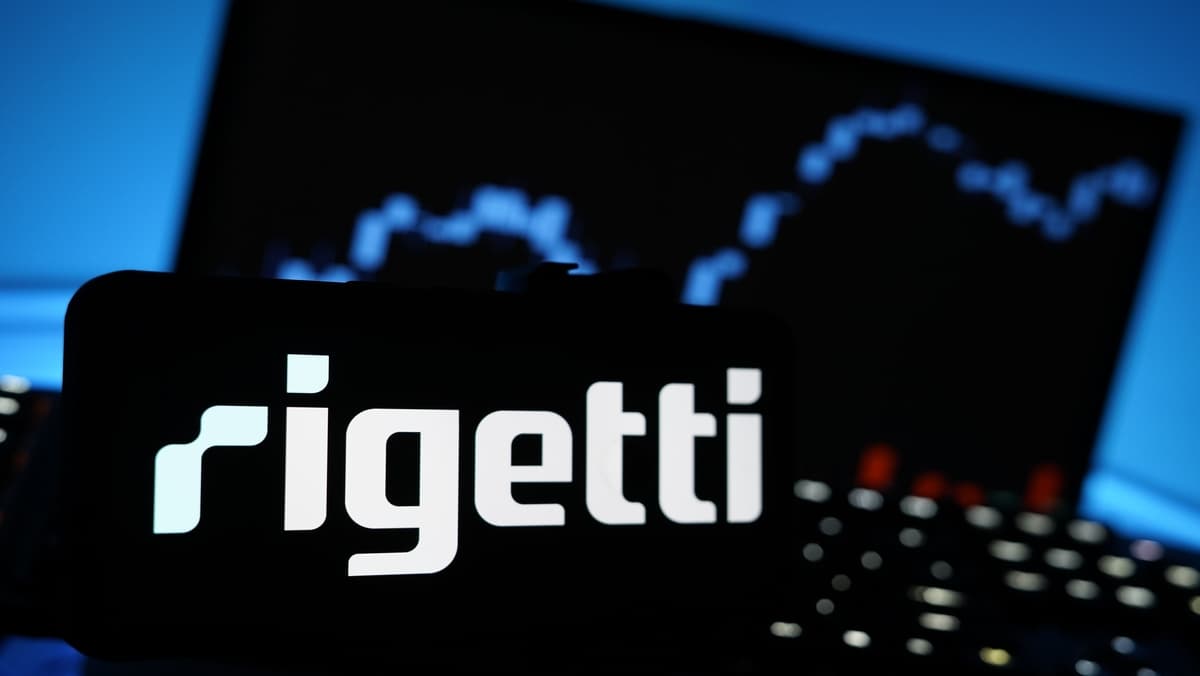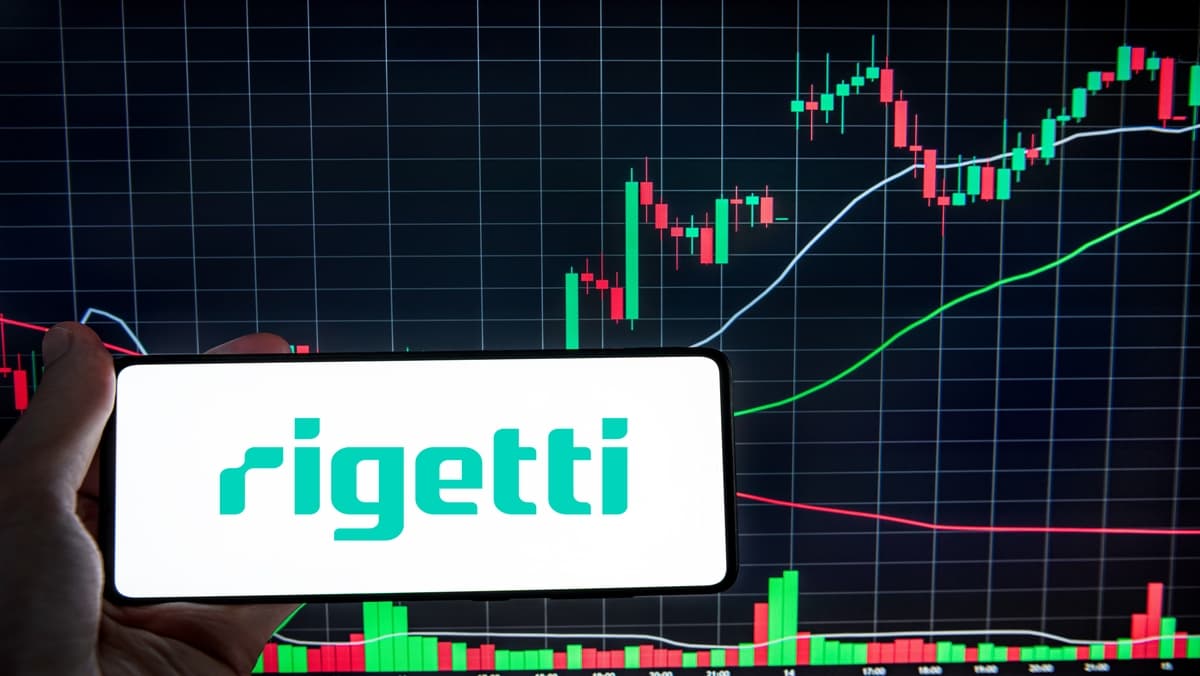
AVGO stock dropped 11% today: Broadcom Inc. has been a key player in the semiconductor industry, providing a wide range of products that serve various sectors.

RGTI stock is dropping: the technology sector has witnessed substantial fluctuations, and Rigetti Computing, a prominent player in the quantum computing landscape, is no exception.

Gold Price Forecast: Gold has long been a cornerstone of the financial markets, often viewed as a reliable asset during periods of uncertainty and volatility.

NBIS Stock Outlook for 2026: The landscape of biotechnology and pharmaceuticals is constantly evolving, marked by rapid advancements and emerging technologies.

Commodity market today: As global economic conditions shift and investors reassess their portfolios, the spotlight remains on the precious metals market, particularly gold and silver.

RGTI stock crashed 7% today: The recent decline in Rigetti Computing’s stock has garnered attention, stirring conversations around the company’s current position in the quantum computing landscape.

Gold price analysis: Gold has long been a focal point for those interested in the financial markets.

Why AI chip stocks are sliding: The recent downturn in AI chip stocks, including companies like AMD, Nvidia, and Broadcom, has sparked significant discussion among market participants and technology enthusiasts.

Top AI stocks analysis: As artificial intelligence continues to revolutionize various sectors, investors are keenly watching the companies leading this transformation.

Best AI stocks for 2026: As we move deeper into the digital age, artificial intelligence (AI) is rapidly transforming various sectors, creating a wave of investment opportunities.

Top cryptos to watch in 2026: As the cryptocurrency market continues to evolve, certain digital assets are poised to capture attention in the coming years.

Why Starknet (STRK) is trending: In the rapidly evolving world of cryptocurrency, new projects frequently capture the attention of investors and enthusiasts.
Proposed expansion of ESMA's powers raises concerns about the potential impact on the EU's crypto and fintech sectors. Centralized licensing and slower regulatory processes are key worries.
Bitcoin's 'Santa' rally may be ignited by the Federal Reserve's upcoming interest rate decision. This article analyzes the macroeconomic factors potentially influencing Bitcoin's performance into 2026.
Western Union expands into digital assets with a new stable card and plans to issue its own stablecoin, focusing on emerging markets.

What does CFD mean in trading: CFD is a popular financial derivative that enables traders to speculate on the price movements of various assets without actually owning the underlying asset.

A Complete Guide to Cryptos: As digital currencies gain traction across the globe, many individuals are exploring how to navigate this exciting landscape.

Contracts for Difference explained: Trading has evolved significantly over the years, offering a multitude of avenues for investors to engage with different markets.